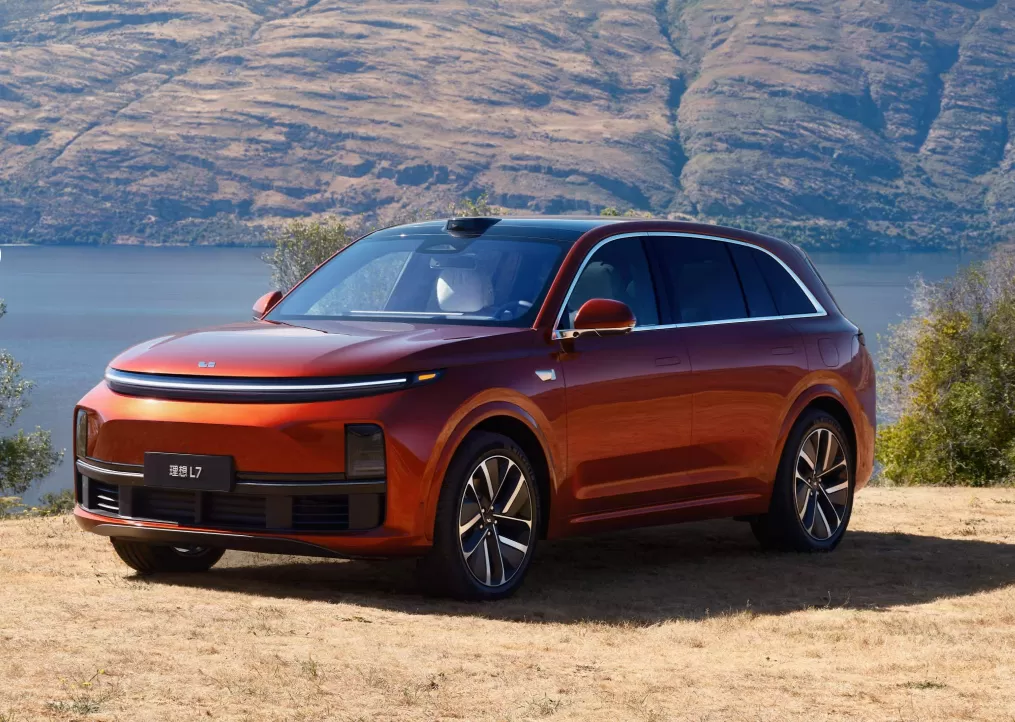As the times progress, electric vehicles are becoming increasingly popular. The main difference between electric vehicles and fuel vehicles lies in their power systems. Electric vehicles use electric drive systems, consisting of batteries, motors, and electronic controls, while traditional vehicles are powered by fuel engines and transmissions.

I. Driving a Pure Electric Vehicle
1. Pre-Driving Check
1. Ensure the battery pack maintenance switch is in the closed position. If not, manually push the switch down until you hear a "click" indicating it is closed.
2. Verify that the lead-acid battery terminals in the engine compartment are connected to the power harness.
3. Check that the battery pack is sufficiently charged. To do this, turn the key to the "ON" position and make sure the battery gauge needle points to "F" and is not in the red zone.
2. Basic Driving Operations
Most electric vehicles have four gears: D, N, P, and E (E1. 2. 3). D is for drive; N is neutral, used when starting or stopping; P is for parking; E is the energy-saving mode, used for driving like D, and can automatically recover energy during braking and deceleration, extending the driving range by about 20%.
1. Starting the Vehicle: Turn the key to the "ON" position. All instrument background lights should turn on, indicating low voltage is connected. Next, turn the key to the "Start" position. You will hear a beep and the relay in the battery pack will click twice, indicating high voltage is connected. The "READY" green light on the dashboard will illuminate, indicating the vehicle is ready to drive.
2. Releasing the Handbrake: Shift the gear lever to "D" and lightly press the electronic accelerator pedal with your right foot to start driving.
3. Braking: Press the brake pedal with your right foot to brake.
4. Accelerating: Gradually press the electronic accelerator pedal to accelerate. To maintain a constant speed, keep the accelerator pedal at a consistent position.
5. Reversing: Shift the gear lever to "N" and wait for the vehicle to stop before shifting to "R" to reverse.
3. Driving Precautions
1. Reduce speed when turning and avoid sharp turns.
2. Avoid emergency braking during deceleration.
3. Continuously monitor battery status and recharge when necessary. Charging the vehicle when the battery is between 20% and 50% ensures the fastest and most efficient charging, extending battery life. If the turtle light on the instrument panel illuminates, find a nearby charging or parking spot and stop driving immediately.
II. Energy-Saving Tips for Pure Electric Vehicles
1. Regularly check tire pressure and maintain the appropriate levels. Both over-inflation and under-inflation can affect energy consumption.
2. Keep the trunk organized by removing unnecessary and heavy items.
3. Develop the habit of accelerating gently and gradually.
4. Maintain a moderate speed of 60-80 km/h as much as possible.
5. Shift to "N" when waiting at traffic lights.
6. Minimize air conditioner use in urban driving; use it on highways instead of opening windows.
7. Utilize the vehicle's inertia for coasting. Release the accelerator completely to coast using the vehicle’s kinetic energy or potential energy on downhill slopes. Note: Do not turn off the engine while coasting, and keep speeds under 40 km/h for safety.
8. Brake smartly: anticipate situations to reduce braking frequency, avoid emergency braking, and prevent skidding. Use predictive braking by releasing the accelerator early to decelerate and then re-accelerate after handling the situation. This is safer and more energy-efficient.
9. Use the "E" gear correctly to enhance driving range: adjust the gear and recovery intensity according to road conditions. For smooth highways, set the recovery to the minimum (E1). For complex conditions with frequent starts and stops, set the recovery to the maximum (E3) to reduce braking load and maximize energy recovery.
10. When the vehicle is idle, use slow charging to keep the battery fully charged.
Special Note: Electric vehicles that fall under the Ministry of Industry and Information Technology's announcement scope need to be registered with the traffic management department of the public security agency and have a motor vehicle license plate before driving on the road. Driving a pure electric vehicle requires at least a C2 driver's license.






